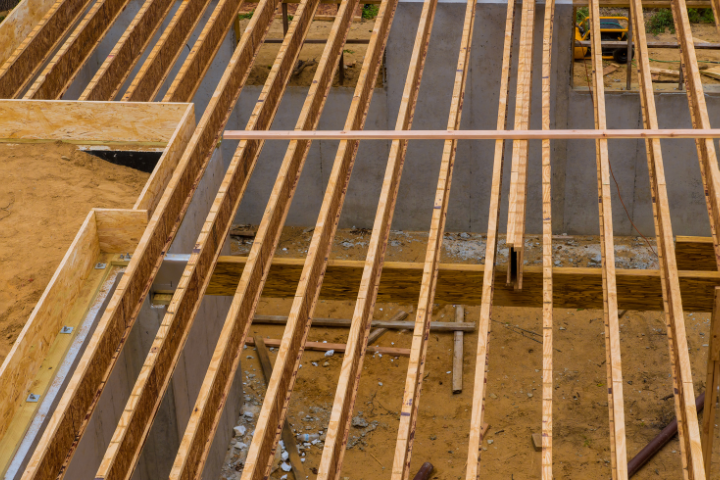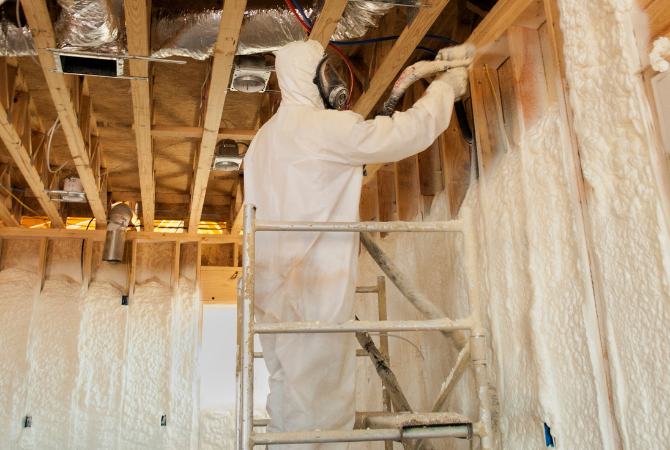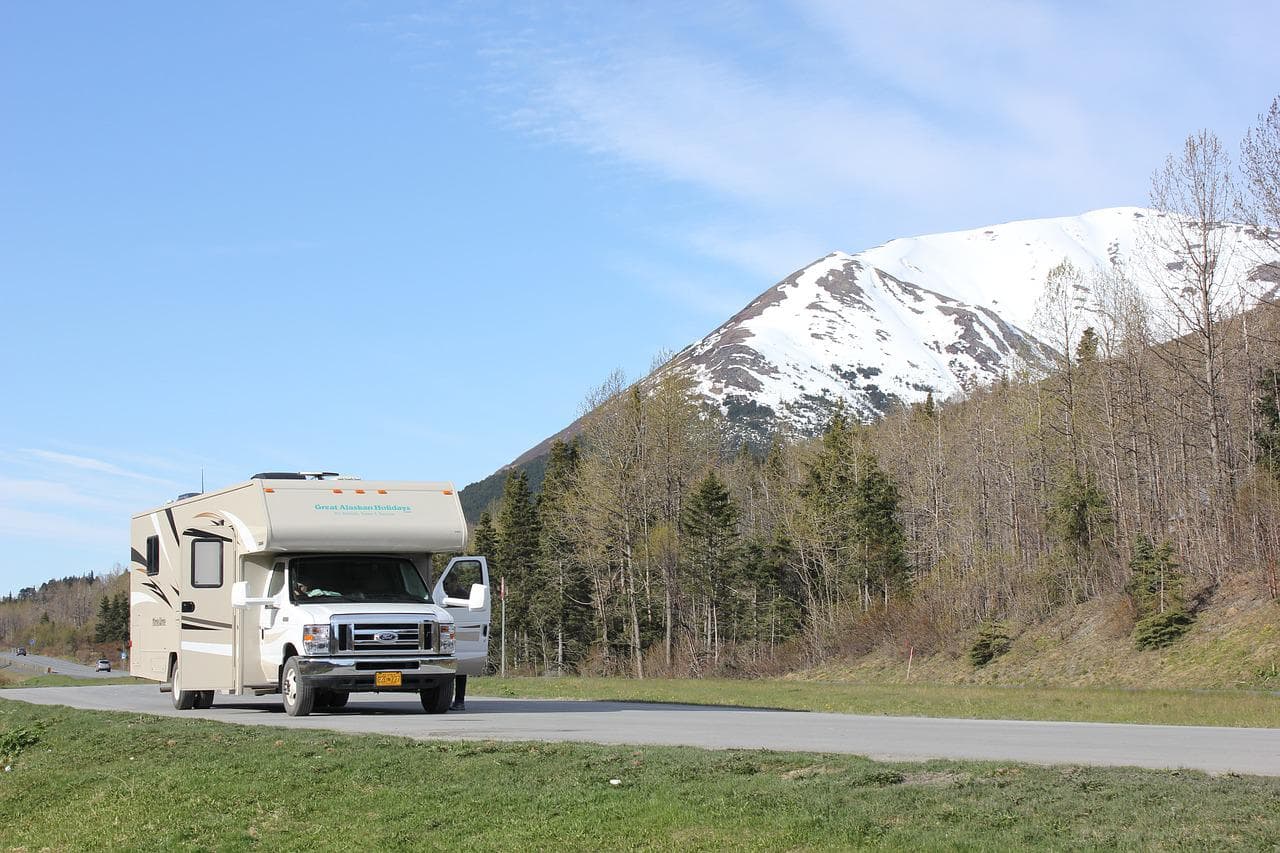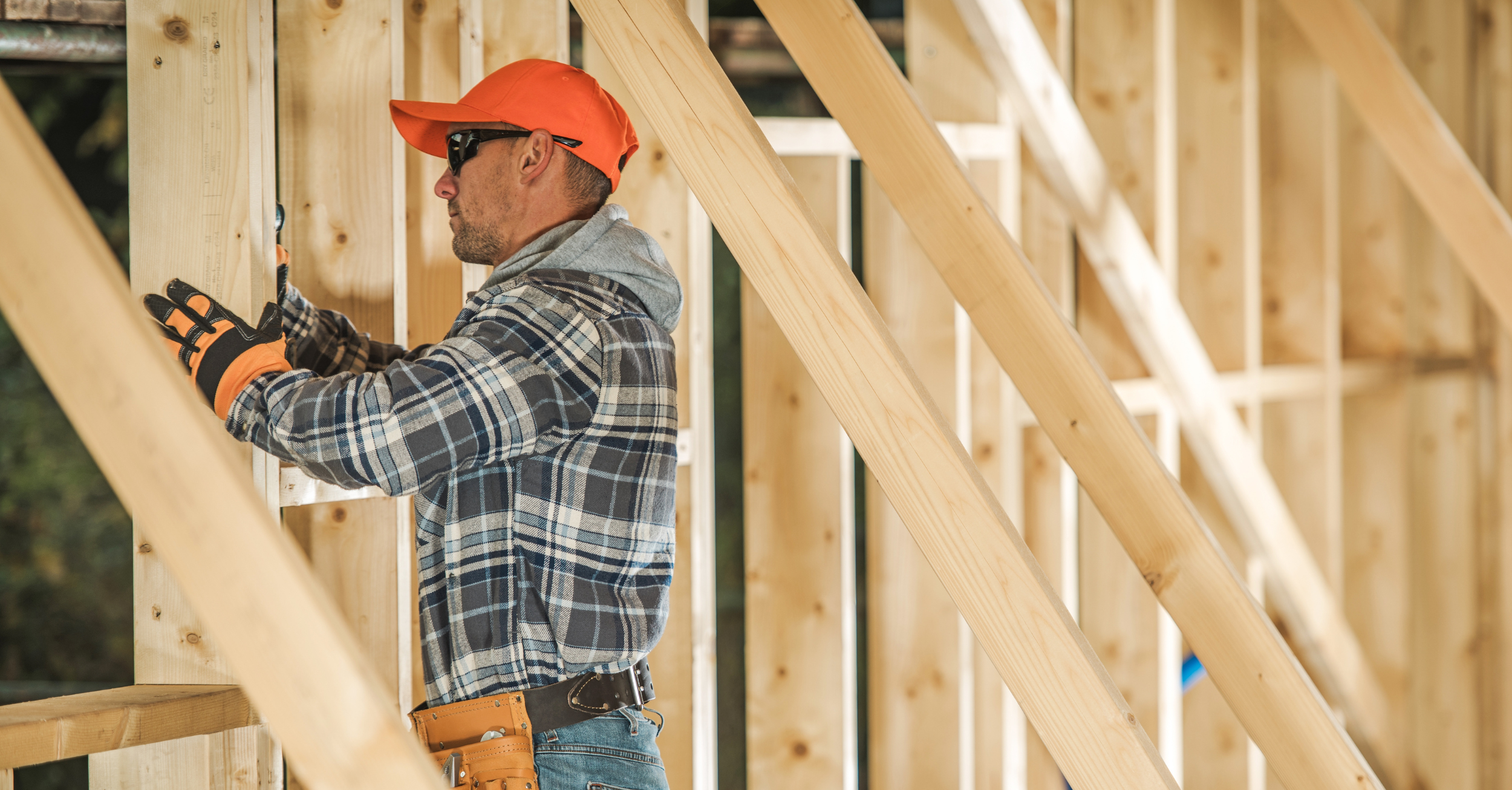Are you looking for a contractor?
Submit our quick form and get quotes now!
Table of Contents
6 min read
Boost Your Insulation: Insulate Rim Joists


6 min read
Boost Your Insulation: Insulate Rim Joists
InsulationBoost Your Insulation: Insulate Rim Joists
Is the floor between your living room and basement cold? It may stem from a poorly insulated rim joist, also known as a band board. Said piece of structural lumber is paramount to a floor system yet rarely insulated in homes built prior to 1945 in Quebec, or insufficiently so in residences built during the 1970s and 80s.
Read on to learn how to fix this problem!
What is a rim joist and why insulate it?

The rim joist is part of the floor’s structural system. It’s rectangular or square and shapes the outer formwork on which the floor joists are fastened. Rim joists can either be anchored to the walls or rest on beams (large floor surface). Made of wood, steel, or concrete, rim joists are used to:
bear the floor’s load (furniture and occupants); and
maintain the floor’s structure.
Rim joists aren't solely limited to ground-level floor systems, they're also found, for example, in a deck's structural build. In either case, it must be insulated, so here’s how to proceed.
Rotten Outer Rim Joist: How to Effectively Insulate It
A poorly executed deck rim joist is likely to rot, if not dwindle completely. This can result from a lack of space (and therefore air) between the rim joist and the wall onto which it’s anchored.
Typically speaking, to meet the golden rules of deck building, the rim joist must be integrated into a more complex structure:
The wall is covered in stucco (done in compliance with Section 5 of the Construction Code).
The stucco is installed atop a weather barrier.
The rim joist must be ventilated and drained (done in compliance with Section 9.27 of the Construction Code).
The rim joist must be insulated.
The recommended insulation is spray polyurethane foam, applied from the interior directly on the rim joist. Its purpose is to prevent thermal bridges, yet allow the rim joist to be properly anchored to the wall.
Why? Because opting for rigid insulating panels prevents fastening the lag screws and bolts. Even if they were to be 6 inches (150 mm) long, the insulating panel would be likely to compromise shear strength. As such, when it comes to insulation, the right choice can only be spray foam.
How to Insulate a Floor System Rim Joist
Insulating a rim joist is done to prevent outside air from seeping into a home. To do so, you must:
place a vapour barrier on the inside (warm side) of the insulation and on its outermost surface;
caulk the openings and joints;
add a thermal insulator to the rim joists;
cover the rim joists’ outer surface with an air barrier; and
avoid compressing the insulation.
The insulation rating must be R-24.5 (RSI 4.3). As such, with a 3.5-inch (89 mm) polyurethane foam insulation, the insulation rating is met as each millimetre of thickness contributes to an RSI of 0.042 (R-6/in).
To install the insulation, spray polyurethane foam onto the rim joist from the inside and onto every floor joist. The foam must coat every juncture connecting the trimmer joist to the rest of the floor’s framework. Lastly, the insulation must also coat the outermost part of the foundation wall, all the way up to the existing insulation.
What type of insulation should you have between each joist?

Spray Polyurethane Foam
This is definitely the best insulation material available on the market. Its characteristics, based on an 8-inch density, are as follows:
Lambda: 0.022 W/m.K
R-value: 9
Thermal lag: 6 hours
The spray polyurethane foam used to insulate rim joists must be compliant with standard CAN/ULC S705.1-01. It’s a type 2 polyurethane, of which the air or vapour barrier characteristics prevent condensation and air leaks.
Mineral Wool
Rock wool isn’t as effective as spray-applied polyurethane foam, and has the following characteristics:
Lambda: 0.040 W/m.K
R-value: 5
Thermal lag: 6 hours
This is the cheapest option, hence the reason why it's available to homeowners. It costs $1.20 per inch, instead of $3 to $5 per inch for polyurethane.
How to Prepare Rim Joists for Basement Insulation

Begin by taking apart a section of your basement’s ceiling to access the above-floor system's rim joist. Then, remove the wall covering and all debris or deteriorated insulation.
Install closed-cell spray polyurethane foam inside the cavity. You can also add rigid, panel-form insulation. The latter is inserted between the joist and the floor. Afterward, close the ceiling using recycled gypsum boards or furring strips.
Why use a vapour barrier when insulating a rim joist?
The vapour barrier has a dual function:
Prevents condensation from reaching the insulation; and
strengthens the air-tight factor.
Water vapour, which is a common occurrence during the winter, results from daily activities (showering, cooking, etc.) as well as from the occupants' respiratory functions. The moisture that fails to be evacuated via the ventilation system (CMV) is seeping out through capillary action, meaning through the walls.
As a result, moisture will build up in the wall materials, resulting in condensation, further deteriorating the insulation material. Naturally, based on the concept that moisture has to be expelled from the home during the winter via CMV, it would only make sense for it to seep in during the summer, too. Hence why some vapour barriers are variable, meaning the µ-value (diffusion resistance value) is different depending on whether the influx of water vapour inside the home is coming in from inside or outside.
This vapour barrier is connected to the rim joist and the sill plate with a putty cord when the load bearer is untreated wood, concrete, or masonry. Otherwise, a tuck tape is installed.
11 Mistakes to Avoid While Insulating Rim Joists

Mistake 1: Not removing the defective insulation already in place.
Mistake 2: Not installing roller foam around the hot water pipes (prevents condensation and leaks on the insulation).
Mistake 3: If you’re using roll-form mineral wool, avoid compressing the material so as not to hinder its efficiency.
Mistake 4: Forgetting to leave a 4-inch (10 cm) gap between the insulation and the chimney and boiler exhaust vents.
Mistake 5: Not leaving a gap between the ceiling-mounted light bulbs or other light fixtures.
Mistake 6: Insulating electrical components that aren’t shielded without leaving an air space between the component and insulation material.
Mistake 7: Not following the manufacturer’s insulation installation guidelines.
Mistake 8: Not installing the vapour barrier on the inside (warm side) against the floor’s underside.
Mistake 9: Partitioning the insulation, allowing for unnecessary gaps, and therefore creating thermal bridges.
Mistake 10: Not installing the plates side by side or staggering the joints, preventing homogeneous insulation, which results in thermal bridges.
Mistake 11: Thinking SOPRAVAP KRAFT paper is a vapour barrier. It’s not a vapour barrier but a vapour retarder, as its µ-value is less than 18.
Insulating a Wall in Your House: The Rim Joist Connection

The rim joist is the junction between the floor and the walls. Therefore, it can account for a lot of heat loss. However, as per the Building Code, rim joists aren’t considered thermal bridges, but rather an extension of the wall.
In fact, the Régie du bâtiment du Québec underlines that the rim joist must have an R-value equivalent to that mandated for above-ground level walls. Meaning an RSI of 4.31 (R-24.5) at least.
A decent rim joist insulation will shield you from a non-heated basement, which could cost you a lot of money otherwise, heating-wise.
Maintaining and Verifying Insulation Efficiency Over Time
Consider taking a look at the quality of your rim joist insulation, especially if you’ve just purchased an older-model house or simply because you have doubts upon noticing a chill in specific rooms in your home.
To know for certain if the insulation found in your home is effective, you can:
check it by removing your ceiling tiles; and
use a thermometer to gauge the temperature.
Using a thermometer, you can try to determine whether the wall running alongside your house is cold. If so, then your rim joist is poorly insulated.
Get 3 quotes for your insulation project
RenoQuotes.com can help you get quotes for your insulation project. By submitting your project, we’ll put you in contact with top-rated contractors. Fill in the form on the homepage (it only takes a few minutes) and get estimates from trusted professionals.
Dial 1-844 828-1588 to speak with one of our customer service representatives.
Last modified 2024-05-06
Looking for something else?
Related articles
The latest industry news, interviews, technologies, and resources.

RenoQuotes.com • 17 Apr 2024
Foam insulation is a valuable product, especially since it’s lightweight and easy to install. It’s also an effective way to insulate walls and floors. However little known, polyurethane foam is an amazing product that can very likely be a solution to many a problem. Since it’s particularly adhesive and effectively insulates, every year, this product enables Canadians to shield their residences from the harsh winter cold.

Amanda Harvey • 07 Nov 2023
Whether you're looking to enjoy a comfortable room temperature during the summer or winter, insulation is of paramount importance. To be comfortable in your own home throughout the year, it is imperative that you take advantage of adequate insulation and to know, first of all, how to identify the signs indicating a problem.

Cynthia Pigeon • 07 Nov 2023
Have you just had an amazing summer vacation with your family aboard your recreational vehicle, loading up on memories? Well then, a quick inspection of your RV's roof might be in order.

RenoQuotes.com • 07 Nov 2023
Who wouldn't like to add a hint of wood to their decor or integrate it as part of a construction project? Wood suits almost every aesthetic, it's available in countless different finishes, can be used for just about anything, is derived from a renewable source, and is perfect to scaffold zero-carbon buildings.

RenoQuotes.com • 07 Nov 2023
If you work in a noisy restaurant, busy boutique or open-concept office, chances are you’ve thought for a moment or two about the sound in the room. In all of these commercial spaces, it’s probably obvious that sound can be difficult to contain: whether this means receiving noise complaints from neighbours, having frustrated customers, restaurant crowd commotion or the roars of construction finding their way into your quiet business. So, what are the ways to soundproof a commercial space?